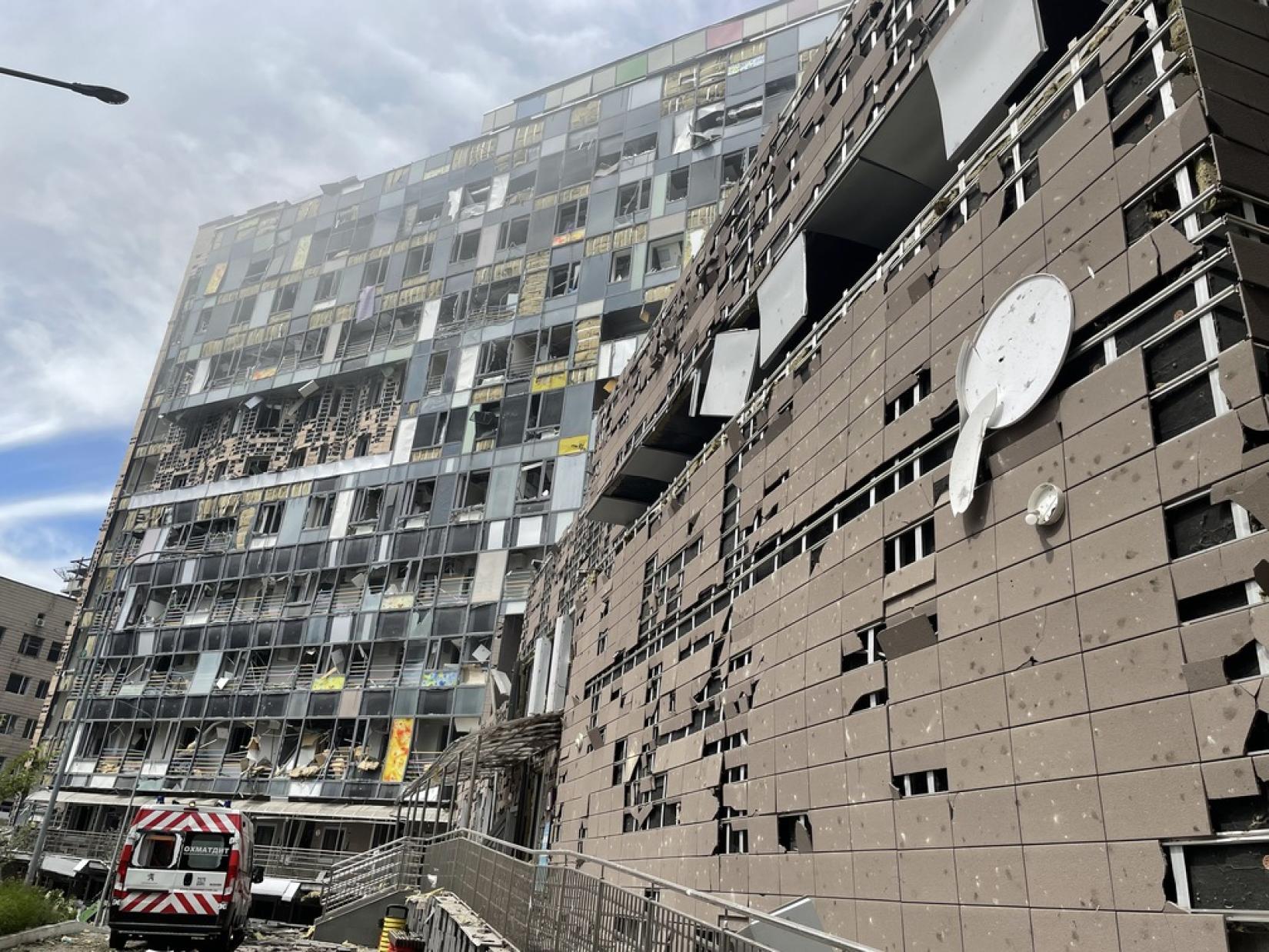Since February 24, 2022, following the onset of the full-scale invasion of Ukraine by the Russian Federation, the World Health Organization (WHO) office in Ukraine has been actively monitoring, verifying, and reporting attacks on medical facilities. WHO has confirmed 1,940 attacks on Ukraine’s medical system, which is a record number for any humanitarian emergency worldwide.
Trends in Attacks
To date, WHO has observed new patterns in the attacks. Over the past 2.5 years, 86% of all attacks have targeted healthcare facilities. A significant portion of these attacks has involved heavy weaponry. Since December 2023, there has been a notable increase in attacks, which now occur almost daily.
Impact on Medical Assistance
Access to medical care in areas close to the front line is significantly restricted, increasing the risk of illness and death among the population. Each year, around 200 ambulances are damaged or destroyed during shelling.
Victims of Attacks
Data show an increase in the number of casualties. In 2023, 24 deaths among medical personnel and patients were documented, but in the first 7.5 months of 2024 alone, 34 people have been killed in attacks. The number of injuries this year has surpassed previous years, with 229 individuals injured. One in four attacks on the medical system this year has resulted in injuries.
Statistics on Attacks
Since 2022, 42% of all attacks have targeted primary healthcare services. In 2024, the highest number of injuries and deaths has affected secondary healthcare services, with one in five attacks resulting in injury. For emergency medical services, one in two attacks has led to injuries.
WHO Humanitarian Assistance
WHO continues to meet humanitarian needs in Ukraine by distributing approximately 3,750 metric tons of medical supplies, including ambulances, medicines, and generators.
Resilience of Ukraine’s Healthcare System
Despite ongoing attacks, Ukraine’s healthcare system demonstrates resilience and remains operational in government-controlled areas. Health authorities continue to respond swiftly to needs and challenges, and humanitarian organizations help fill gaps in medical assistance. Addressing gaps in access to healthcare services, particularly in frontline areas and among internally displaced persons (IDPs), is crucial.



